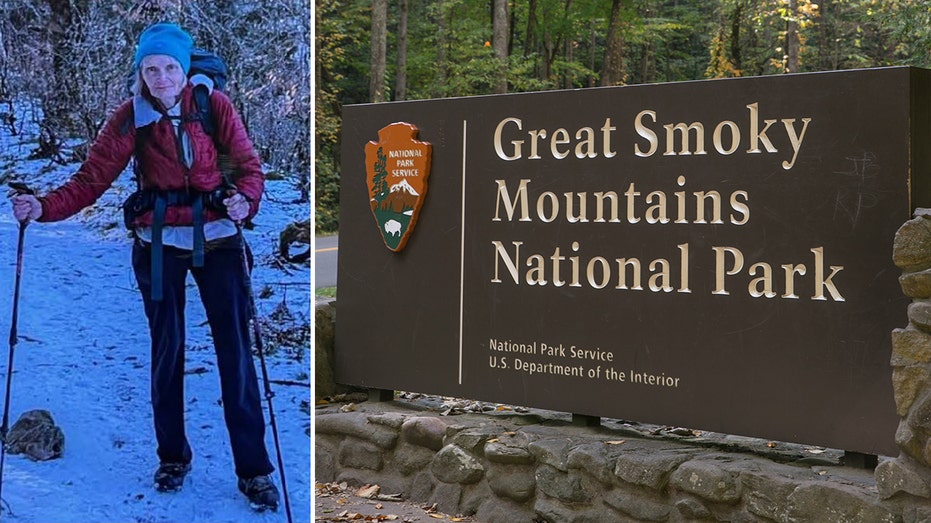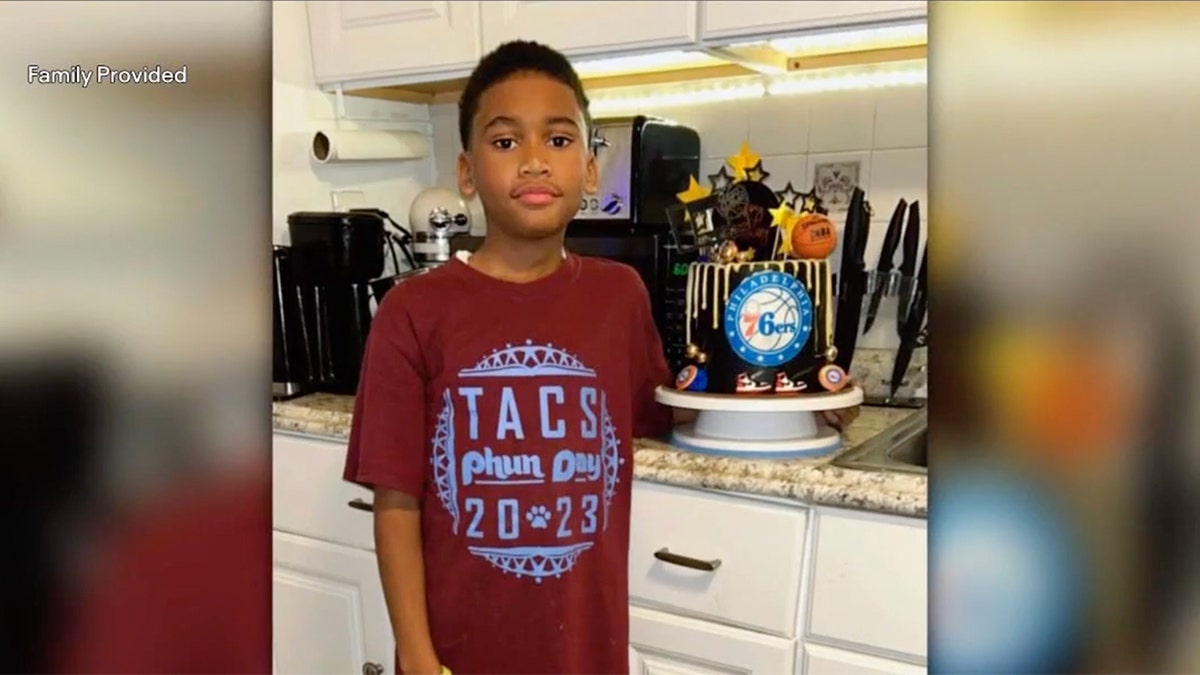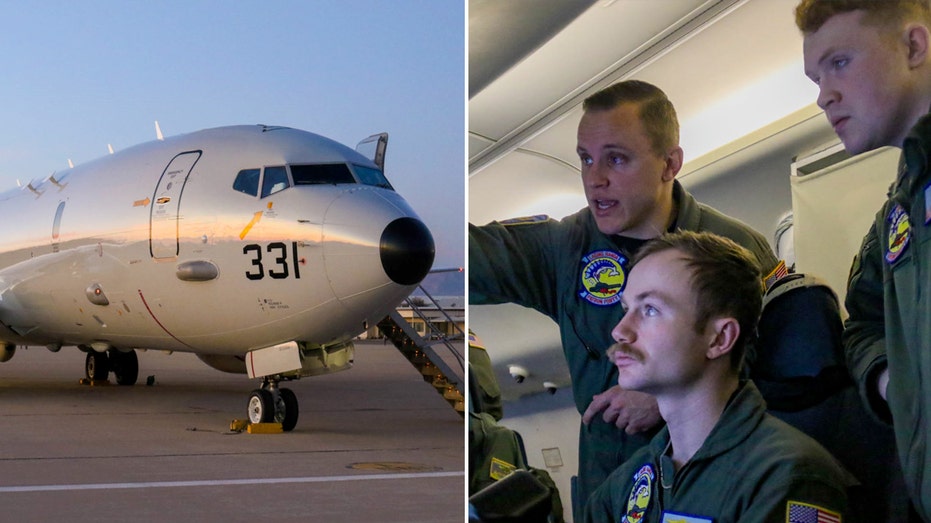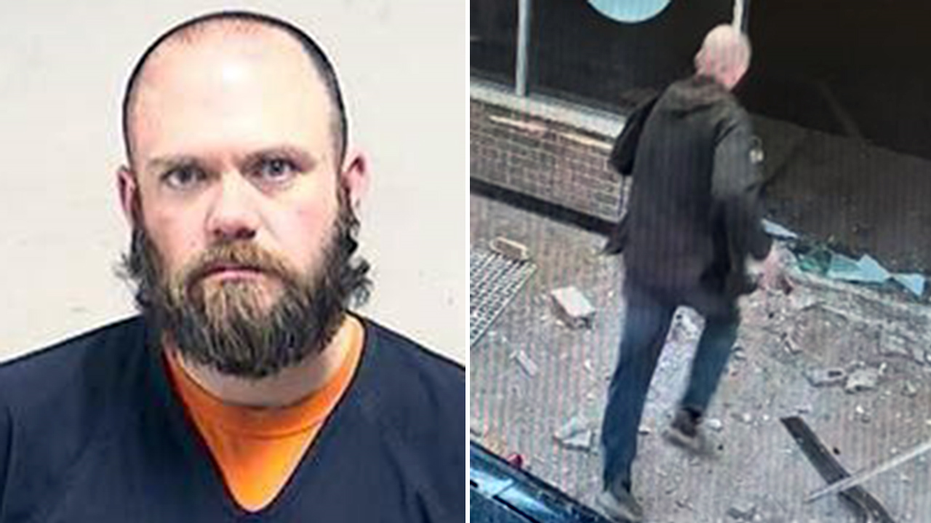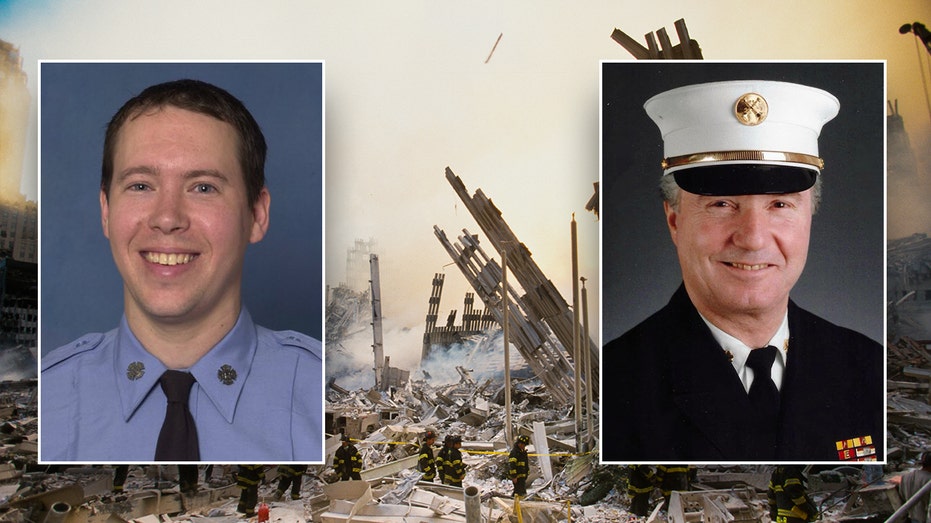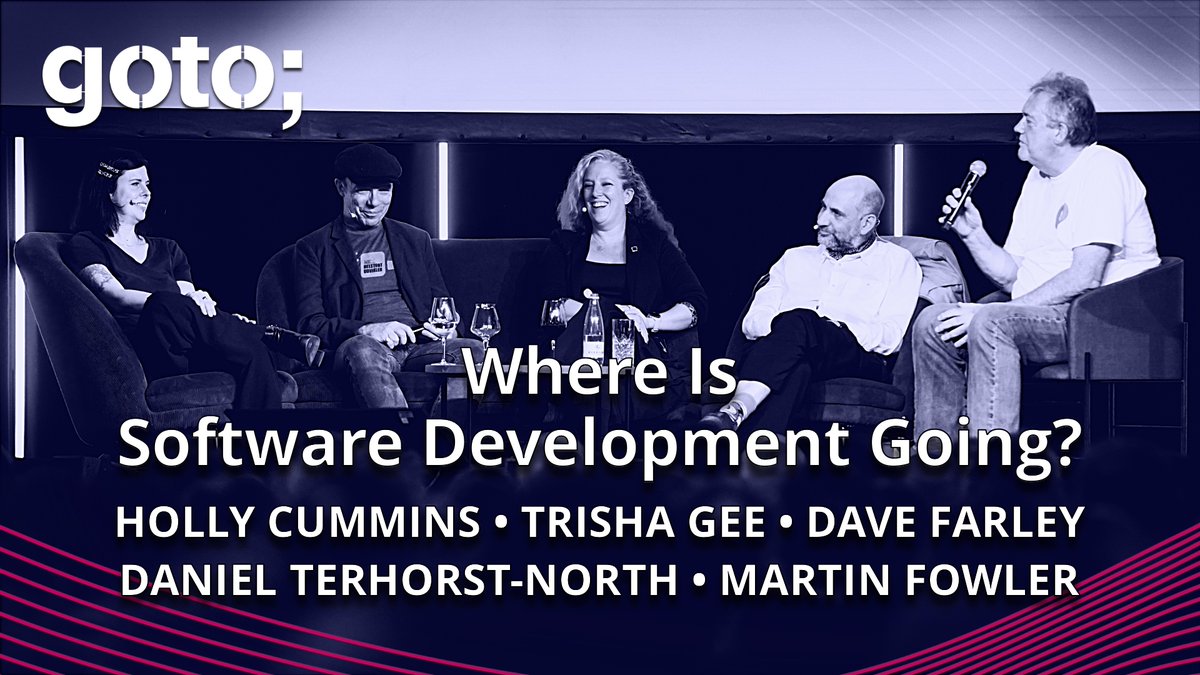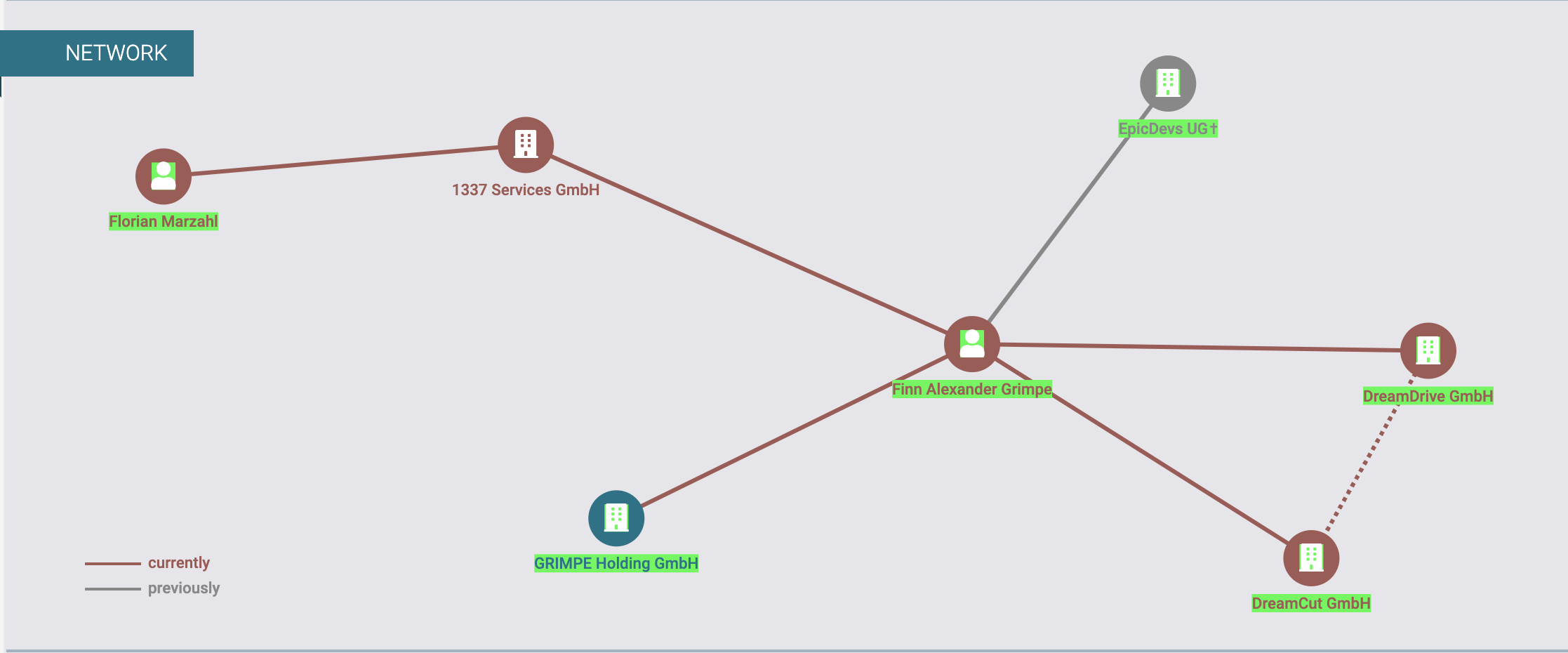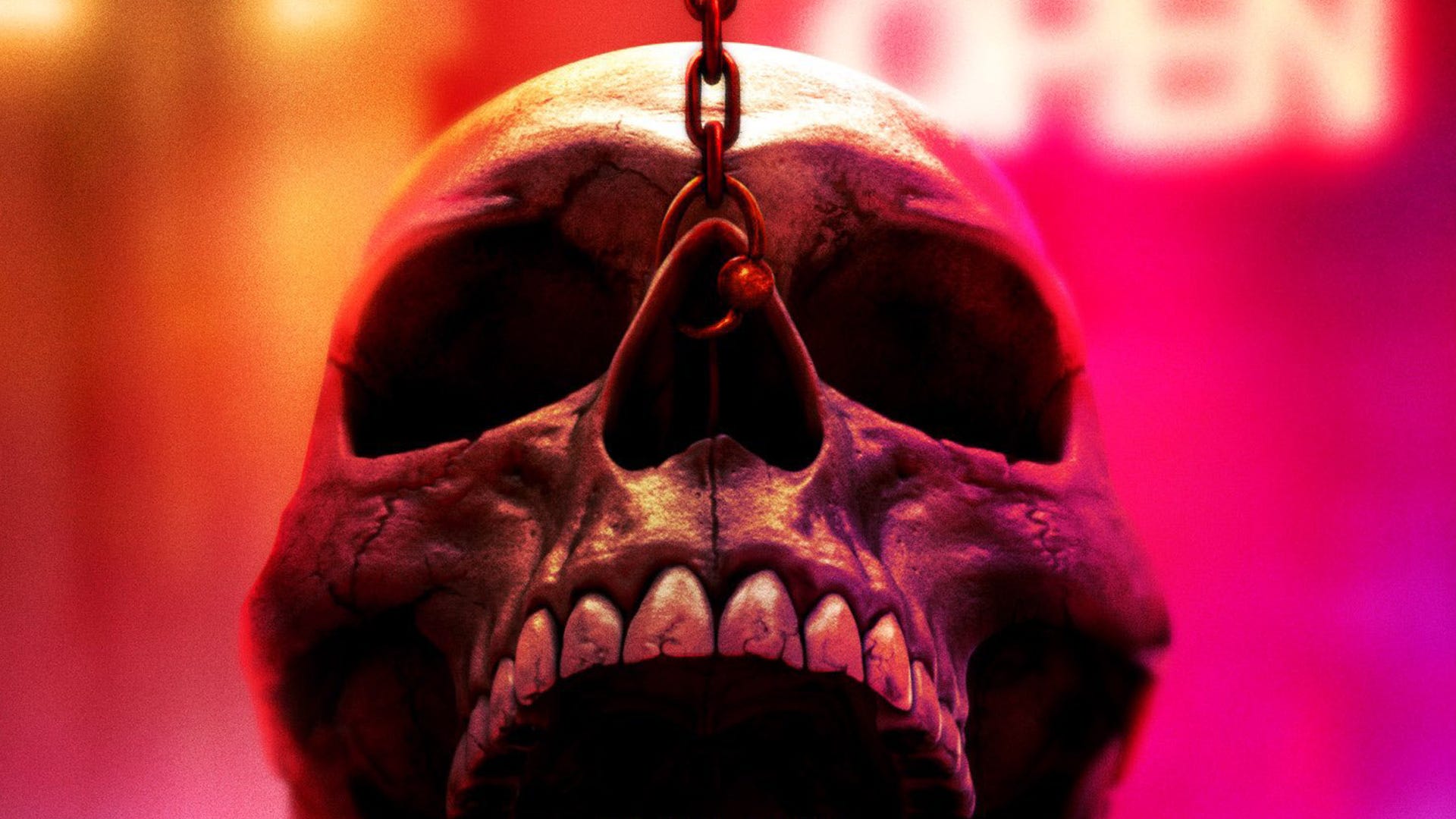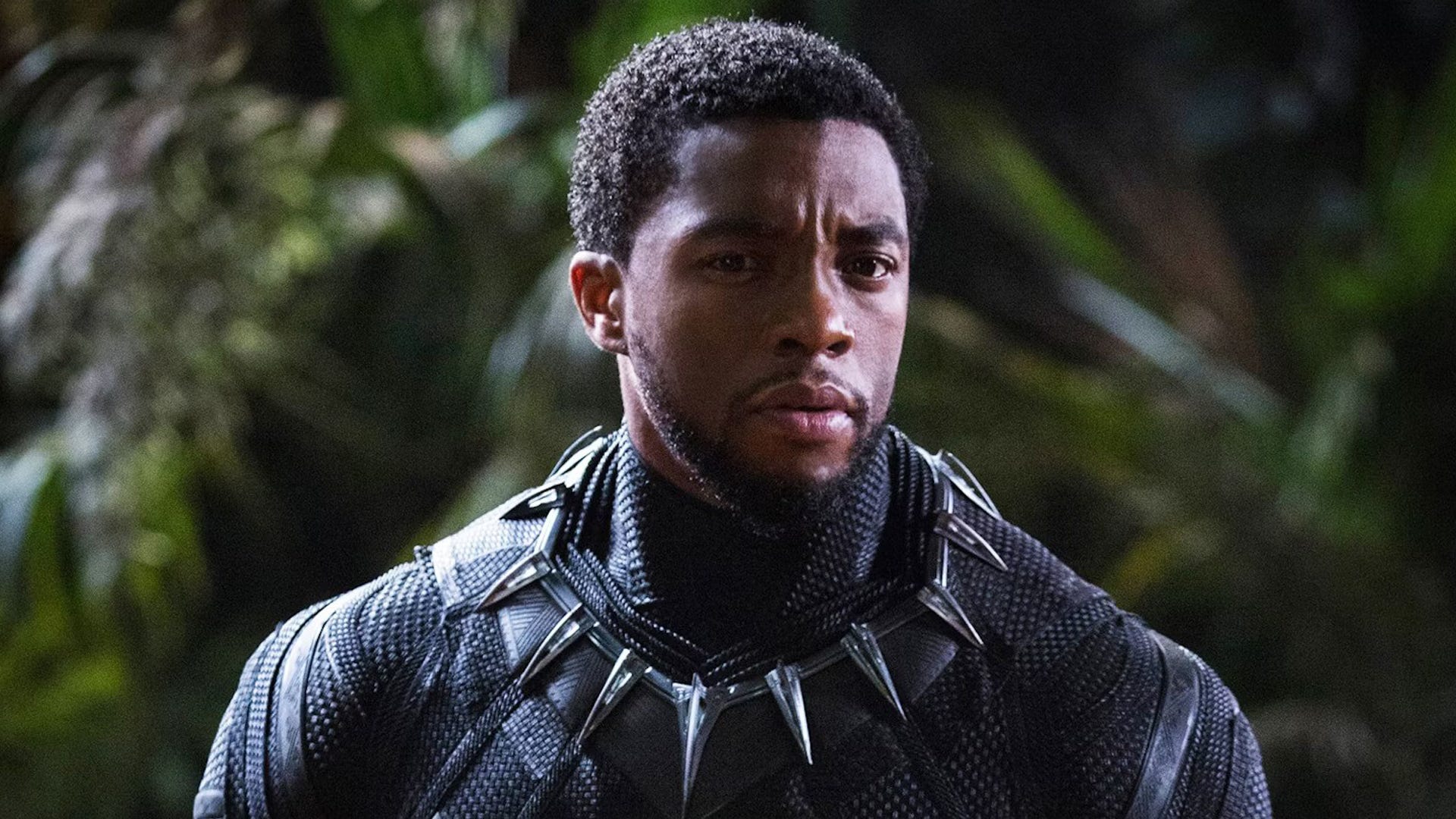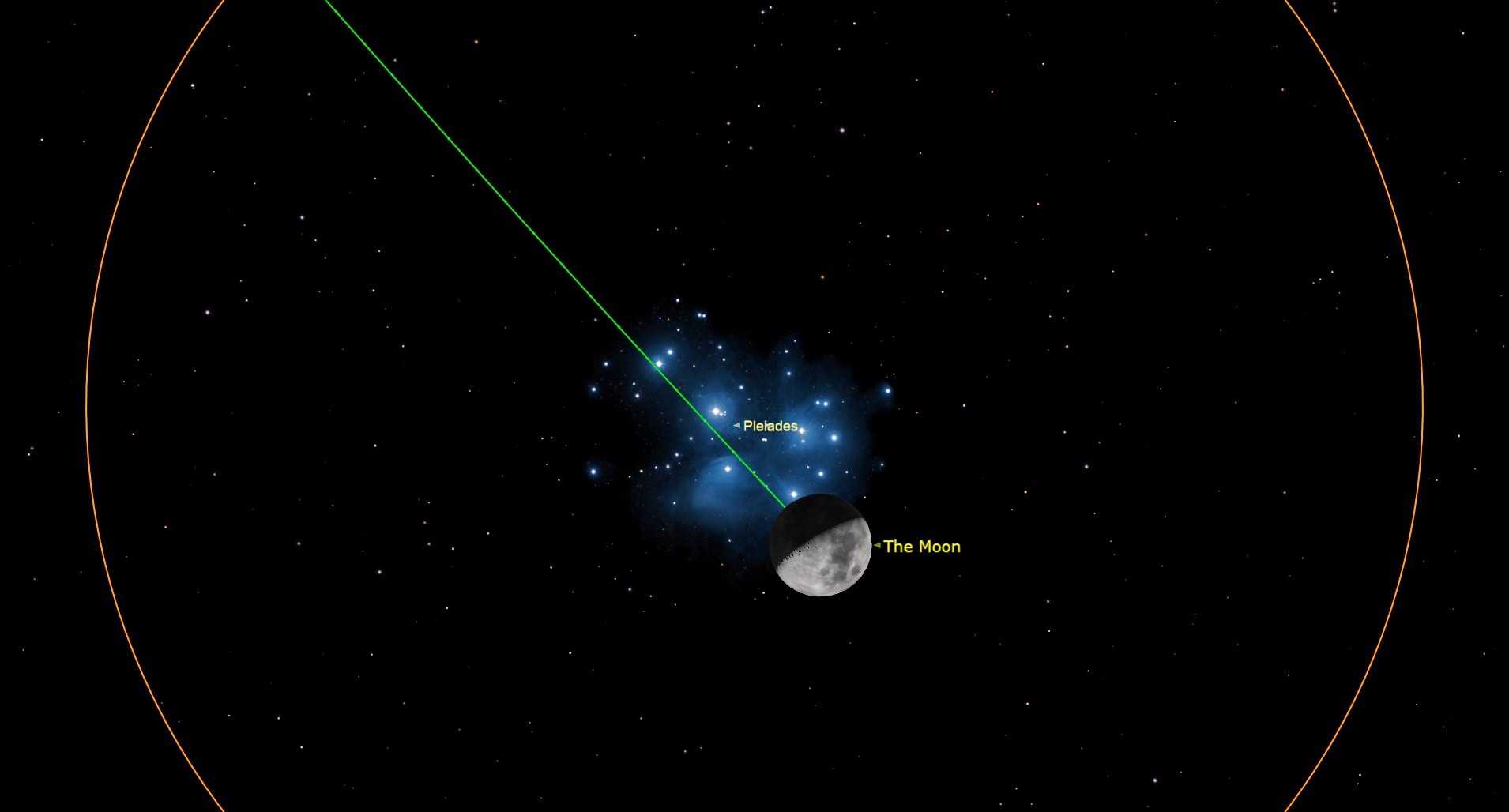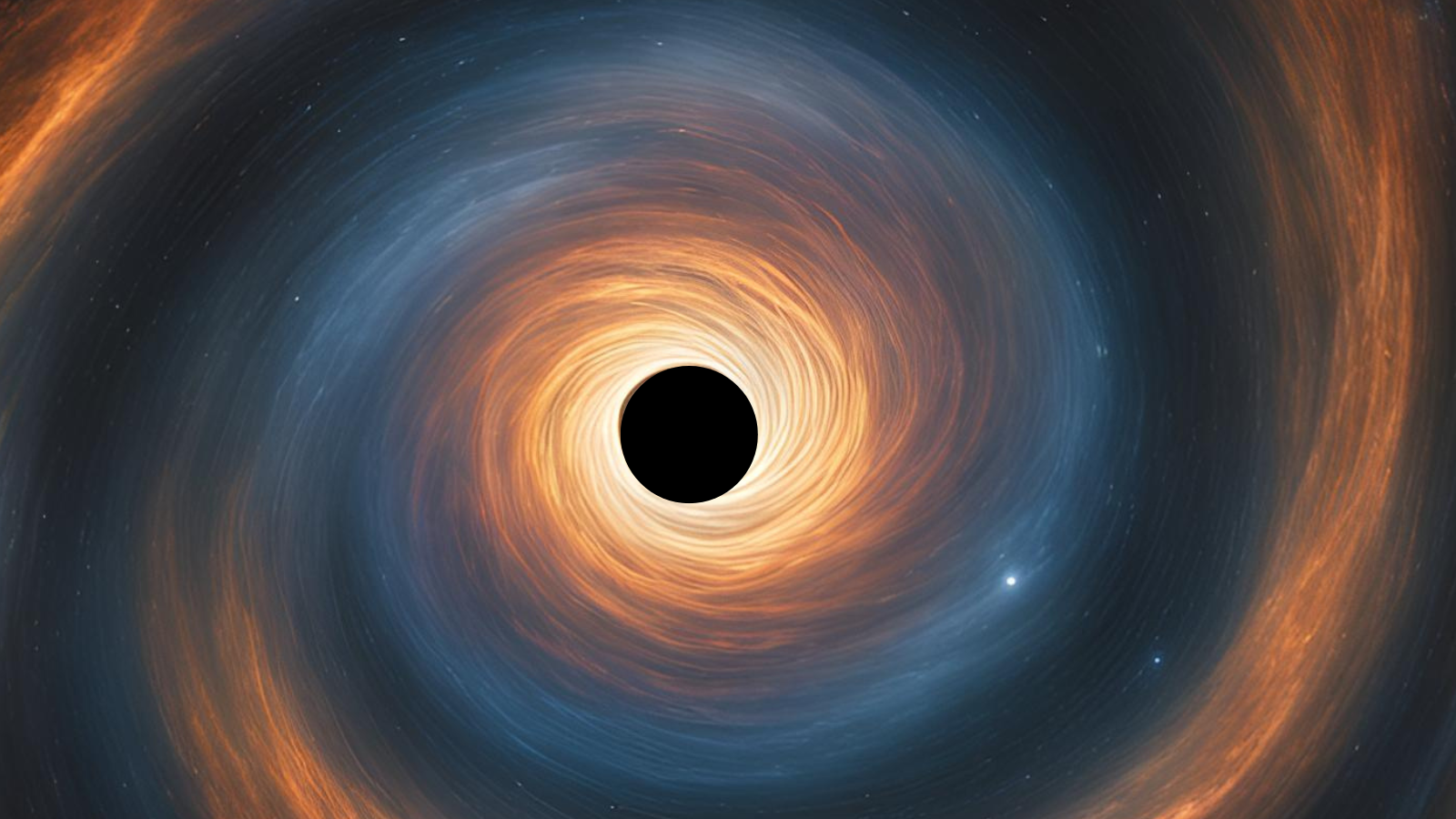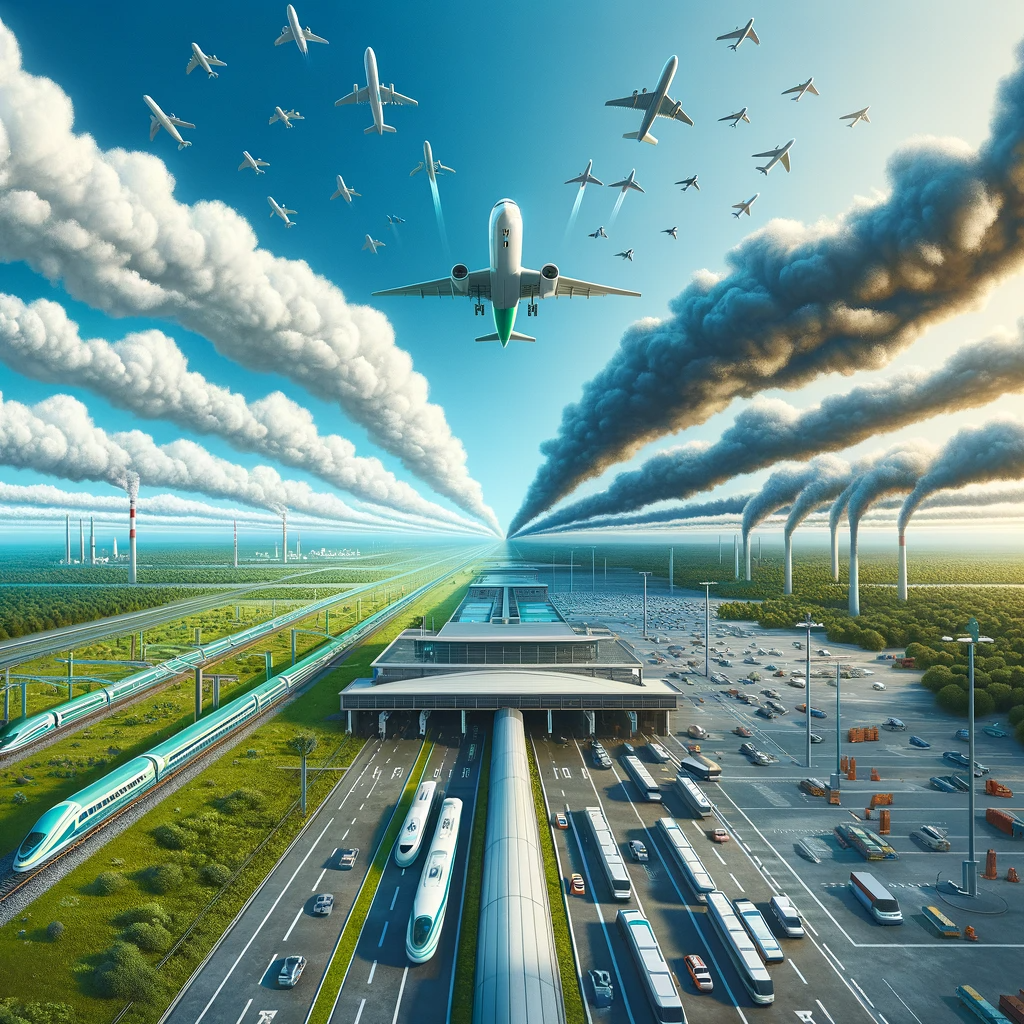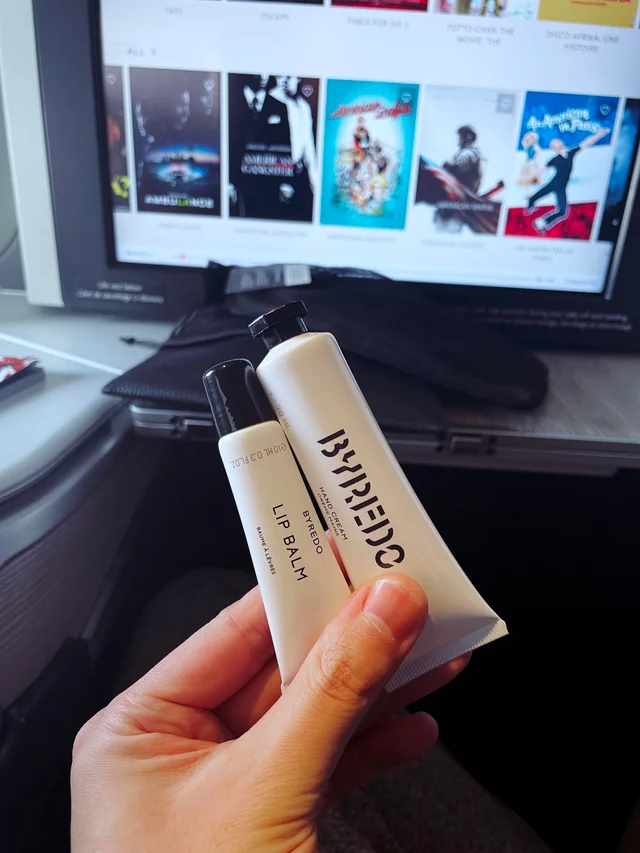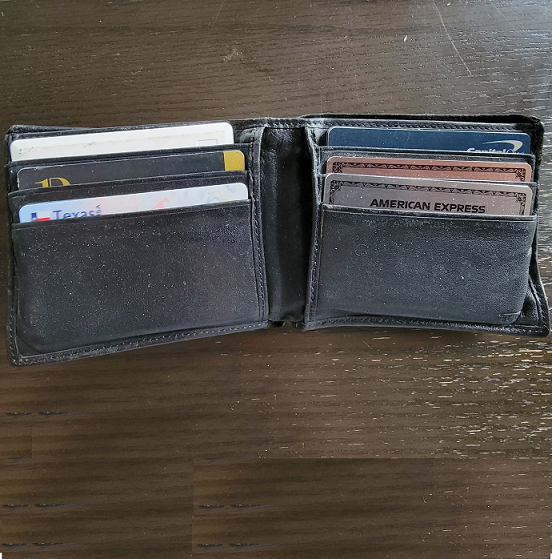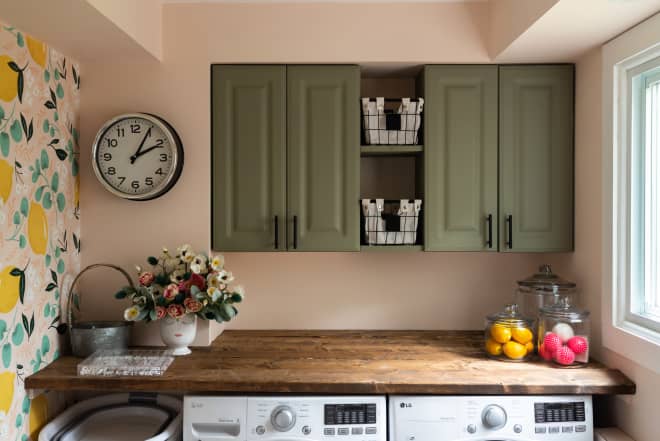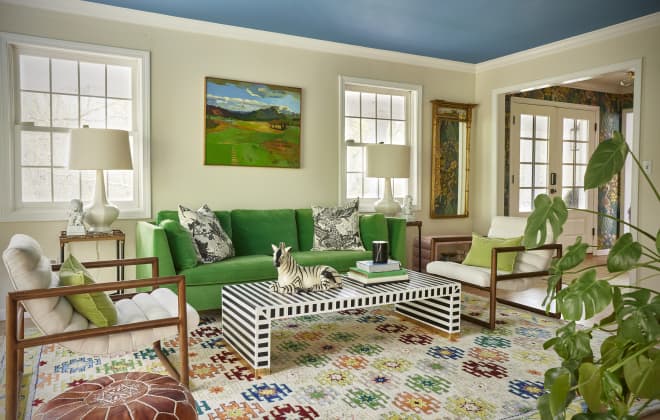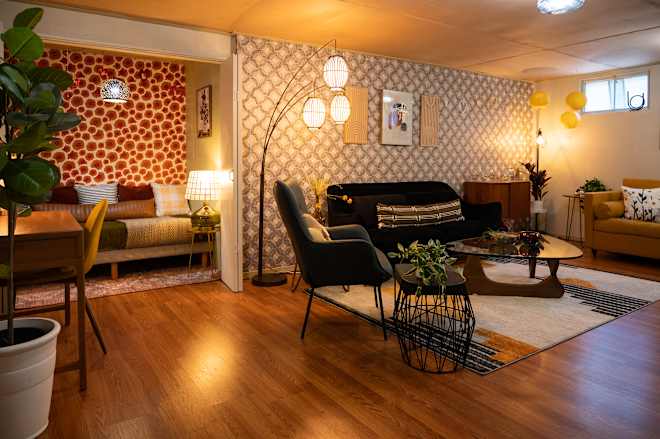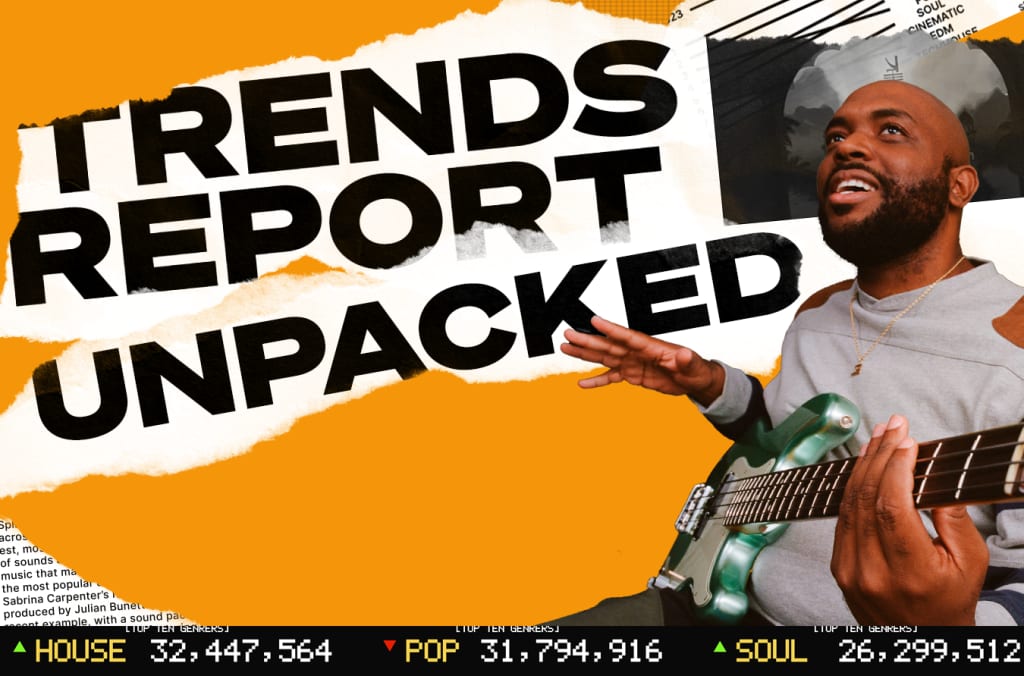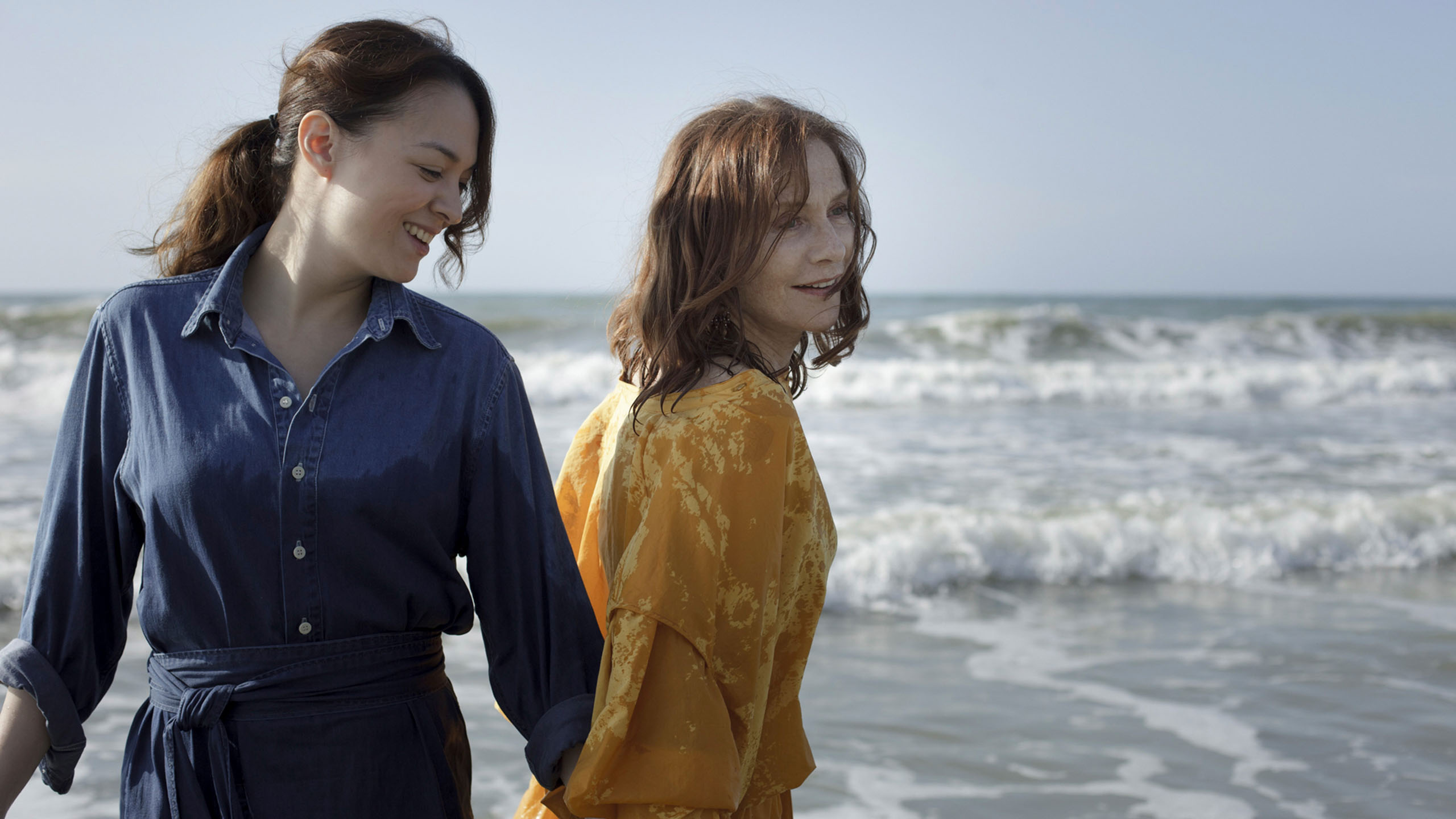Interview: Cate Blanchett and Matty Sidle
With already countless strings to her acting bow, Cate Blanchett adds yet one more by starring in Matty Sidle’s experimental comic short, Bozo Over Roses. The post Interview: Cate Blanchett and Matty Sidle appeared first on Little White Lies.

There is surely nothing finer than seeing one of the world’s greatest actors of stage and screen parlaying her energies into roles that sit cleanly outside of the mainstream comfort zone. And so it is with Matty Sidle’s mischievous short work, Bozo Over Roses, in which Cate Blanchett stars as part of an ensemble of what appears to be a freak-fried Benetton ad that’s been beamed back from a not-so-bright future.
Sidle was thrown together with Blanchett on the set of 2024’s Borderlands, connected by the enthusiasms of her son Dash who was assisting Sidle in his work as a videographer. Shot on location in the rural wilds of suburban Budapest, the film comprises surreal agit-prop declamations and warped wordplay, with Blanchett as a trackie-sporting godhead whose body contorts amid the layers of post-production glitchwork. It’s a film which dismantles and reconstructs language, but also subtly satirises the uncanny aesthetic and counterintuitive “thought” processes of generative AI. LWLies met the pair at the 2025 Rotterdam Film Festival.
LWLies: I’ve read a little bit about how the project was conceived, but I’d love to know a bit more detail on how all the dots ended up connecting.
Sidle: I found an old notebook of mine that had a lot of jokes in it; strange, surrealist little writings that I had done. I thought there would be potential for these little experiments, where friends and family would read out the words and get into the rhythms of the dialogue. Later I started to find all these dystopian locations in Los Angeles that I got into. And then I got more and more into it and ended up creating this weird language.
I was fortunate enough to be on a project with Cate and her son, Dash, and they saw some of my footage and they just got into it. We shot a little bit more and did some voice recording. And then just started to shape a lot of it, almost like a documentary. I had so much content and found much of the film in the editing. We just tried out a lot of different character ideas and dialects and put things together in different sections. And then it was pretty much just a fun voice recording session.
I understand you were watching lots of examples of actual people’s voices and people talking, like famous actors from classic Hollywood.
Sidle: Yeah, definitely. I love old Hollywood films. I’m really into Elaine May, Frank Capra films, things like that. And we just had fun using those as touchstones and starting points for some of the dialogue and characters that we developed.
Blanchett: “Characters” in inverted comments.
Why do you say that? Do you see your sort of persona in this film as not necessarily a character in the strict dramatic sense?
Blanchett: It was almost like the words were psychology neutral. There was no… the character hovers above itself. There was the body that was filmed. And then the notion of character was really just like pixie dust across the frame. The way you were treating the text was really fluid and spontaneous. I mean, obviously it had been percolating for a long time, but you would often throw it in silent movie style, you know, as if it were just occurring to you.
Sidle: Yeah, definitely.
Blanchett: You were channeling these things from some other realm.
Sidle: There was certainly a little bit of discovery during the sessions as well. Like in the first half of it was more like my friends and family. A lot of the dialogue and the character are done even by the same person. It’s a little more like this outrageous kind of Fellini approach. Then with Cate’s sequences, a lot of it was all your voices.
Blanchett: I found that really interesting in the way you were going to treat the voice and flip the frame. Because I’ve always been… you know that Laurie Anderson documentary I loved about the face [the 1991 BBC Arena documentary, The Human Face]. And she does that thing where she flips it both ways and mirrors it. You’ve got a family association rather than it being the same person. The likeness is really played with. But I didn’t remotely try to make any sort of logical sense out of what we were doing. I think it was much more free association.
Sidle: Yes, definitely.
Blanchett: And it’s wildly and apologetically that, which I really love.

In an instance like this where you’re having your features and body kind of manipulated in post-production by someone else…
Blanchett: Welcome to the Marvel Universe!
Well, indeed! But what say are you having in that? Are there lines that can’t be crossed or are you kind of giving your body and features over to the project?
Blanchett: Body and soul. Well, no, Matty, you’d shown me little tasters of the tone and approach, so I knew what the world would look and feel like. I think that always helps when you’re entering the frame. You have to know what the boundaries are, or indeed if there are any boundaries, and what might happen in post. That really helps because then you don’t embellish or you start curating your gestures according to the things that you shot. Because this has been, as I said, percolating for a really long time. So yes, I wasn’t flying blind. But the location that you and Dash found in Budapest was amazing. It was so perfect. As soon as they entered into that space and the light was quite harsh and the shadows were very intense, it just became quite theatrical in the sense. There was a proscenium if you stood at a certain point, and it gives the film this unique resonance. Downstage left is different to upstage right or center stage. And so those old school dramatic principles suddenly came very much into play. And I guess you’ve got the brutalism as well.
Brutalism is very in at the moment.
Sidle: Ha ha, yes! And there’s an intermission in my piece too. I wonder who got there first?
Yeah, lawyer up, Brady.
Sidle: I think my whole film could fit in his intermission. There’s an idea…
I have a young daughter who’s in the process of learning to read. And the process by which she’s learning is called phonics. It’s learning via repetition of sounds like they say, “cup of tea by the sea”. And it was really moving to see you using that very primal, primitive way of learning language in the writing.
Sidle: That is interesting. Yeah, well a lot of it was based on my daughter’s lingo. And some of the lines are interpretations of what she said. Some of the things you overhear and people say things on set, or in the market or somewhere like that. Or like an old movie, I might flip it. Like a line from an old Preston Sturges film. I’ll give it a little bit of a twist and build on top of it. But there was no real super focus on how to go about it. Somebody else thought it might be based on the ‘Oulipo’, the French word play exercises that you can do.
What was it like, Cate, to intone those words and try to capture what the writing was attempting to transmit?
Blanchett: I think it was about finding the right resonance for them. But it was incredibly playful. I felt very at peace.
Would you ever do something like that in rehearsal? Like doing games and limbering up exercises before a scene?
Blanchett: Yeah, I’m working with Thomas Ostermeier [on a production of Chekov’s ‘The Seagull’ with Tom Burke] at the moment and we all warm up every day. It’s not dissimilar to what we did on this. But I think there’s a really strong hypnotic quality to it. So I hypnotized or possessed myself while we were shooting.
Sidle: It went pretty fast. It was like we did it all in about an hour. Did we not?
Blanchett: No, no… I think you might have been in the zone. I think it went on a bit longer than that. But it’s interesting you talking about reading those things into it. I think sometimes when a film is so specific, it can actually speak to a wider universal experience. It’s a strange thing because it’s so particular the film you’ve made.
Sidle: Yeah, I felt like there’s… some desperate longings in it. When I listened to it in the end, I started to figure out what it was after it was done, figuring out if somebody thought they could go to the greater San Diego area to improve themselves. Or some of its advice and characters offering strange little isms.
Blanchett: They’ll find themselves here and they’d, how did I get here?
I totally agree. I love the fact that there’s just not enough context to be able to place it as a kind of, you know, for it to become didactic or to be sort of like forcing an issue. You can kind of, you know, I feel that’s one of those films that anyone can come away from with anything really. Maybe that was, that’s a win.
Sidle: I think so, I hope so. And it was fun to do the action as well, like the hacky sack and the skateboarding. I love it.
Was that your first skateboarding on film?
Blanchett: Yes, and possibly my last. I’d never done all these childhood games or tricks before. I love all of those little playful bits. They’re out of your past and out of your whimsy. But yeah, there’s a strange alien nostalgia to it, I think. And it was a very particular atmosphere because we were doing it under lockdown. And so we were all in a bubble together because we were making a feature. And so then you go off at the weekend and location scout and it was just us, there was no one else around. So to be out playing with four people in the open air and during COVID it was bliss.
Sidle: Yeah, definitely. I was also trying to put together these smaller shoots. There’d just be a couple of us and we’d go down to the LA River, do some lip-syncing, shoot for like an hour. I shot it myself and it’s an interesting way to work without having such a big team.
Blanchett: It’s much more nimble. And it doesn’t, you’re not then pressured by, you know, when obviously it’s nice to get a bit of money to make something, but you know, in terms of the deadlines and the over-opinionating.
I imagine doing something like [Guy Maddin’s] Rumors was a bit more nimble as well than a kind of mega production…
Blanchett: It was a very strange fever dream. I honestly thought it was going to be in Guy’s garage in Winnipeg. And I was packing my bag and he was like, ‘No, we’re going to Hungary and it’s six weeks of night shoots’. It was like an episode of Scooby-Doo.

It’s interesting to hear though that you were sort of shooting out in the landscape and in real places because it was maybe done with effects and green screens and…
Sidle: Some people thought there’s an Unreal Engine quality. But everything was filmed traditionally. We did some compositing and some rotoscoping, and then we doubled the background and played with some aspects of other shots, like isolating certain pockets of light and placing them in the frame. But everything that you see on frame is what we captured, even though it has this sort of Uncanny Valley aspect to it.
Do you see the film as satirizing the aesthetic and the language of AI? Is it playing on that disconnect from what we perceive as being human?
Blanchett: Yeah. And even the splitting of the human into becoming its own mirror. So even though there’s such particular nostalgic word choices that they’re somehow disassociated from the human that is delivering those words.
Sidle: And it definitely struck me when I had this real transcendental style, like meditative imagery in these almost cult-like characters. And then that combined with this incredibly silly tone and dialogue, that is kind of an unapologetic and just free form. That’s when I think they started to work and I liked how those things collided with each other in a certain way. I liked the idea of it being this sort of future transmission, like a kind of weird time capsule that you might find one day. And it contains all the last bits of humanity that’s left, the last semblances that were collected. And since I get to write it, it could be what I find funny.
Blanchett: But can you explain the title?
Sidle: It’s sort of a perversion of something I heard once. It’s just more like you just get really into something. ‘I’m going bozo over roses you sent me last year.’ So it’s sort of using ‘bozo’ as a verb. Like I’m going nuts for it.
I love the word ‘bozo’. We don’t really say it in the UK. So it’s lovely to have an opportunity to say it.
Blanchett: Good name for a dog.
Sidle: I think it’s a collaboration with people that are into it as well. It was just a little treat. And that’s what it was about really, just to try to make something a little different and fun.
Blanchett: Dash had seen the footage and he said to me, ‘You’ve got to see this.’
What area of the industry do you think Dash is going to move into?
Blanchett: Yeah, he was one of the cohorts who got into Tisch Film School in New York when COVID happened. And it took a really long time for most universities – NYU included – to pivot. And so he made the really difficult decision after a year and said, ‘I’m just going to go and step into the industry.’ So he’s learning. I think, ultimately, he’d like to direct. And he’s writing. I mean, he’s the person I always speak to about films and roles. It’s really inspiring. Yeah. And he’s always saying, ‘Oh, you’ve got to see this.’ He’s got a really great eye.
Sidle: Yeah. Dash is one of the smartest people I know, talking about ideas and movies all the time. He’s like a young old soul.
Blanchett: Yeah, he is an old soul.
So you think he’ll do his first short soon, you reckon?
Sidle: I know he’s playing around with all sorts of ideas. I think he likes longform. I think there’s a lot of things he’s interested in.
I want to finally pivot to talk about David Lynch. I feel it’s permissible to ask you because I think this film does have a Lynchian quality to it.
Sidle: Oh my God. He’s definitely a hero. Like, there are very few filmmakers or artists that I look up to quite like that. Lynch though… he’s absolutely… man, it’s such a big loss. He just astounded on every level. And I saw Eraserhead at a really young age. And I thought that was amazing. I’ve read so many of his interviews. I love the way that he talks about filmmaking, the detail and the stories that he tells, like the whole idea of how he made The Elephant Man with Mel Brooks was so incredible. His weather reports were so funny, but also made Los Angeles sound kinda haunting.
Blachett: I don’t even know where to begin… I loved the way he talked about being alive. To what I was saying before about the notion of specificity creating universality, I think that defines all of his reference points. And they’re not shallow. They’re deep. So deep. To the point that they bypass our conventional logic and go to a much deeper place. And so of course it makes sense, you know, that he was into transcendental meditation, because his free associations make an impact with an audience on a cellular level; like, a culturally cellular level. It’s like everyone who ever encountered him recalls and remembers and was naturally influenced by his imagery and his storytelling. And that in itself is extraordinary.
Matty Sidle’s Bozo Over Roses played in the Pop, fizz shorts programme at the 2025 Rotterdam Film Festival
The post Interview: Cate Blanchett and Matty Sidle appeared first on Little White Lies.
